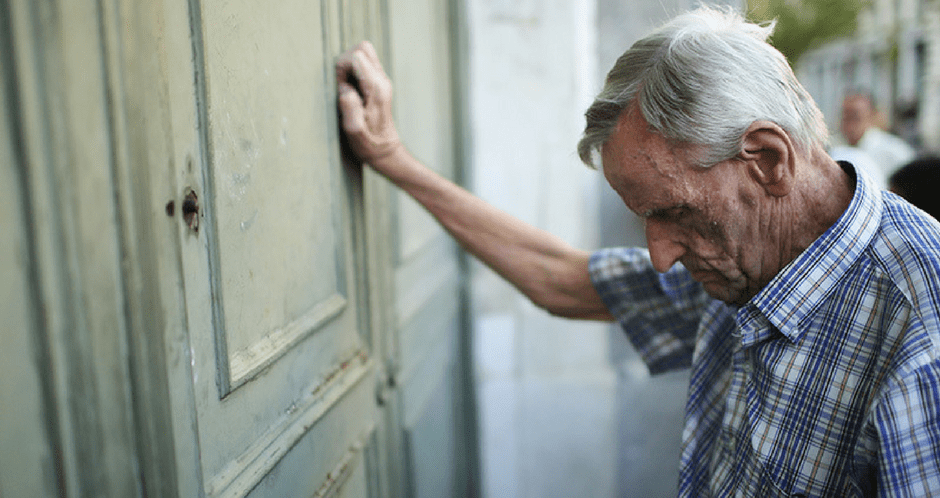
When an older person moves into an aged care facility, it is expected they will be well cared for. They should be regularly fed, monitored and treated for any medical issues, and be kept happy and comfortable.
There has been some discussion around secure units for people who require them for medical reasons. From a human rights perspective, should residents be allowed to roam freely through an entire facility or is it better for them to be secured within a small unit? There are pros and cons for both sides.
If you’ve not been exposed to aged care facilities, you may not be aware that some facilities lock “high risk” residents in small units. Which is believed to be for the safety of the resident and co-residents.
The rationale for locking these resident’s doors is often that they are old and frail and that there is the risk of them getting lost or harming themselves. To avoid the risk and uncertainty, it’s been long practiced that residents should be stopped from walking around unaccompanied.
In the 90s, an American research team followed nearly 80,000 nursing home residents in four states, looking at declines in their mobility and ability to function. After a year, it was reported that those in dementia units didn’t fare significantly better or decline more slowly than residents with dementia in traditional nursing homes, showing that being in a secure unit had no significant impact.
To do this some places use door alarms, that go off if the person leaves their room, others use physical restraints to keep them in their bed or chair, and other places use pharmaceutical treatments to keep residents subdued.
In aged care, some may be familiar with the terms “wanderers”, “absconders” or “elopers” for residents who are not aware of their surrounding and in their confusion may try to leave.
We must make note that advocacy bodies for the elderly and for people with dementia find these terms offensive and incorrect.
When residents do behave in this manner it is called an “unexplained absence”. There is currently no data available that document how often these “unexplained absences” occur in Australian aged care facilities.
In the US, it’s been reported that 11% to 31% of elderly residents living in assisted living or nursing homes have been reported missing at some time.
There are some reasons for locking doors on elderly residents which some would argue is justifiable, for why a small group are confined to their rooms or certain spaces. Some residents have severe behavioural issues due to mental health which may include delusions, and to a small degree they may be a danger to others.
There is also the issue of residents going outside and hurting themselves, falling while unsupervised, or going missing and worrying the staff and their families. Conversely, there are some residents who actually feel safer if their doors are locked.
Many dementia advocates would argue that this is unfair and an unnecessary practice.
Safety vs Independence
The issue of locking doors and confining them to smaller spaces is a balancing act between their safety and their independence. Aged care facilities place safety as a high priority, which is why physical activity and movement are limited. Especially is their reputation, accreditation and receiving sanctions is on the line.
What is not documented, and would help in the debate of locking doors, is to know what the effects are. For example, how does locking doors improve their safety? What portion of Australian aged care resident are hurt or injured when they have an “unexplained absence”? There has not been any recent research into this.
On the other side, analysing the psychological impact of being locked in an aged care facility could also be of use. If the residents wants to have their doors locked then in their case it could be implemented, but if the resident is distraught and traumatised then other methods to ensure their safety needs to be looked at.
What is the solution to this? More staff would mean less residents are unaccompanied, however, that does not stop residents from wandering around and it cannot be expected that carers and nurses watch over each resident like a hawk.
And whose choice is it? Should the matter of locking doors be up to the residents? Their family? Or the staff of the facility? Who has their best interest at heart, and who is looking at the bigger picture.
1